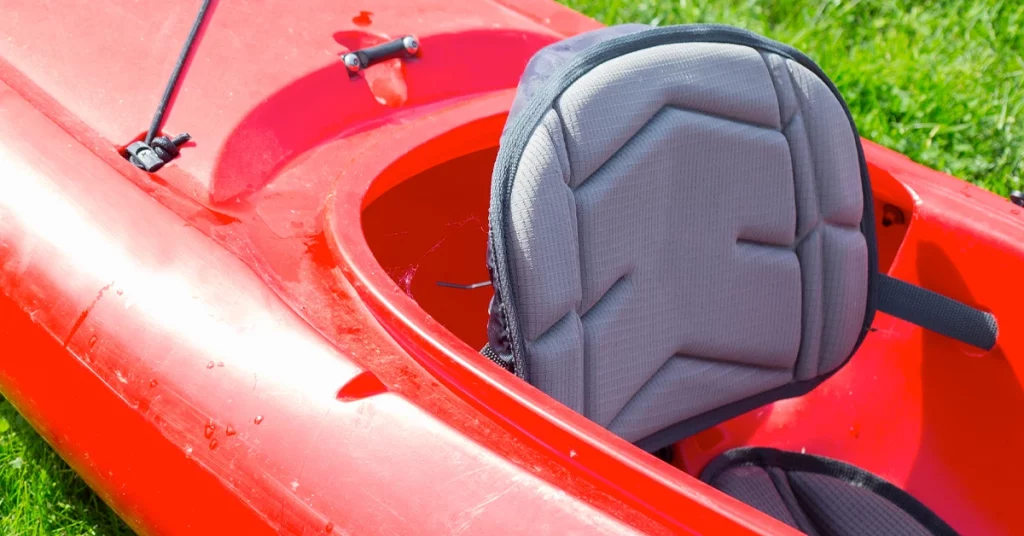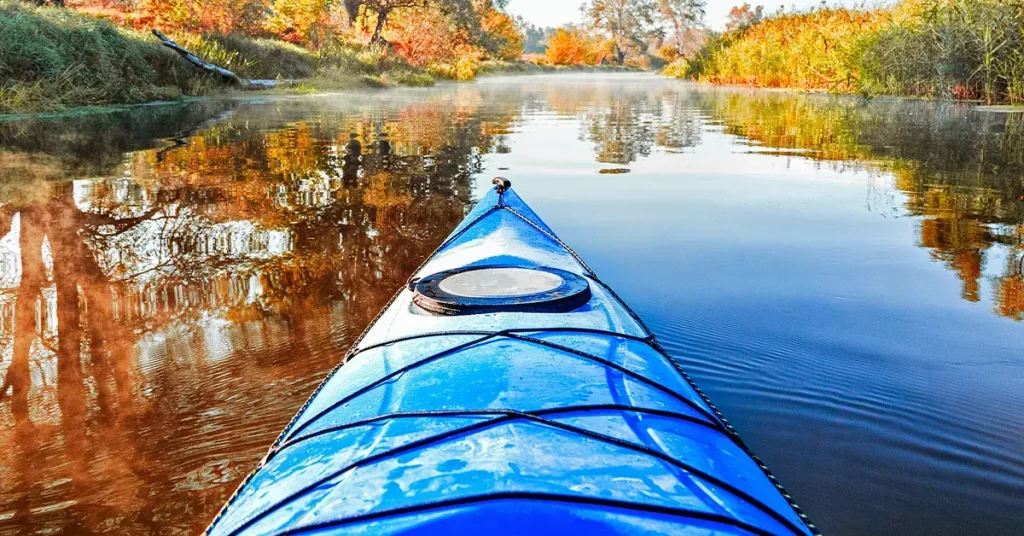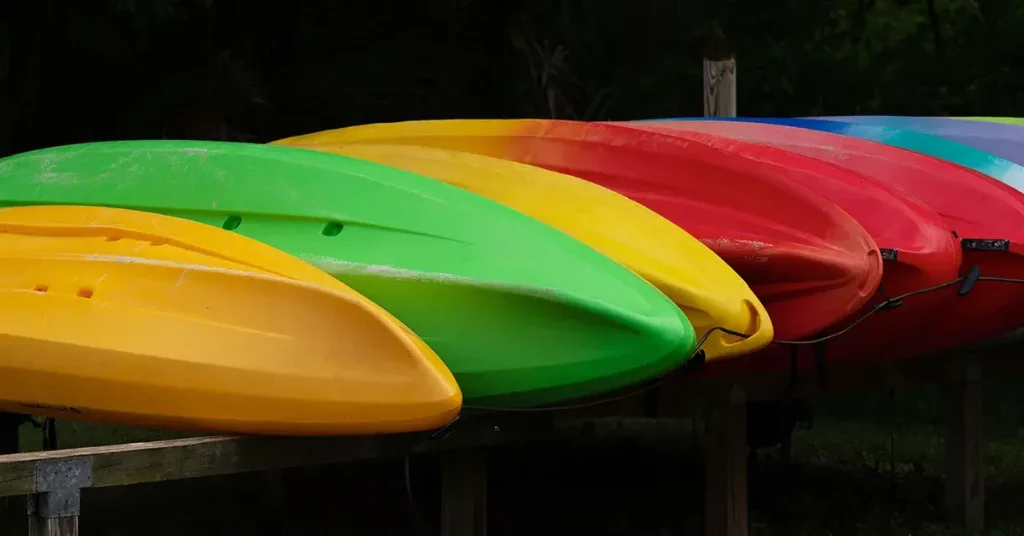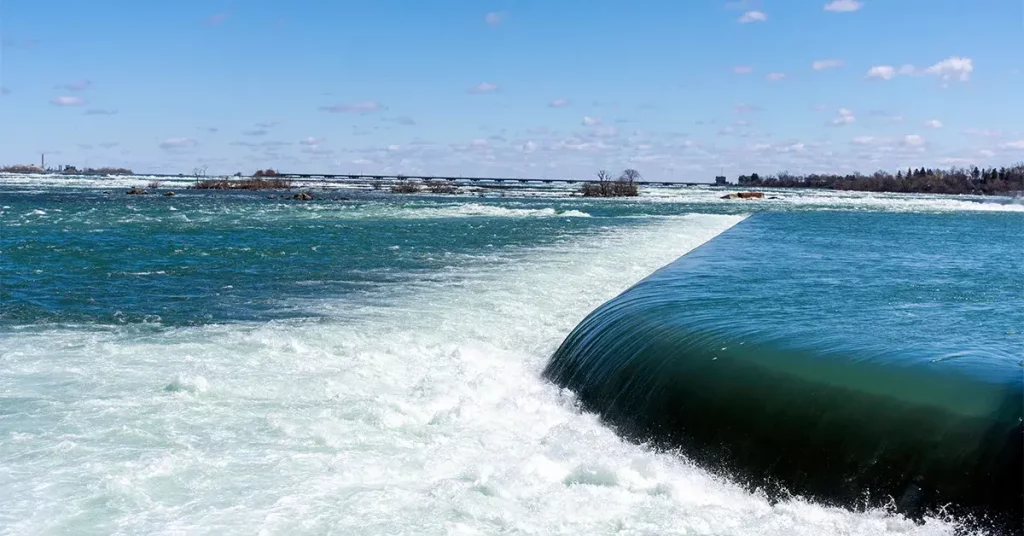If you’ve done any kayaking, you may have noticed that the kayak seats usually wear out faster than the kayak themselves. Technically, you don’t have to have a kayak seat for the kayak to function -you could sit in the cockpit area, directly on the deck if you wanted.
However, of the nearly 18 million kayakers in the United States, most kayakers prefer to have a seat. Whether you have a sit-on-top or sit-in kayak, kayak seats are very popular.
Choosing the best kayak seat pad for your needs and installing them can be overwhelming at first, which is why we’ve broken down what you need to know about kayak seats and their installation process.
How to Install Your Kayak Seat
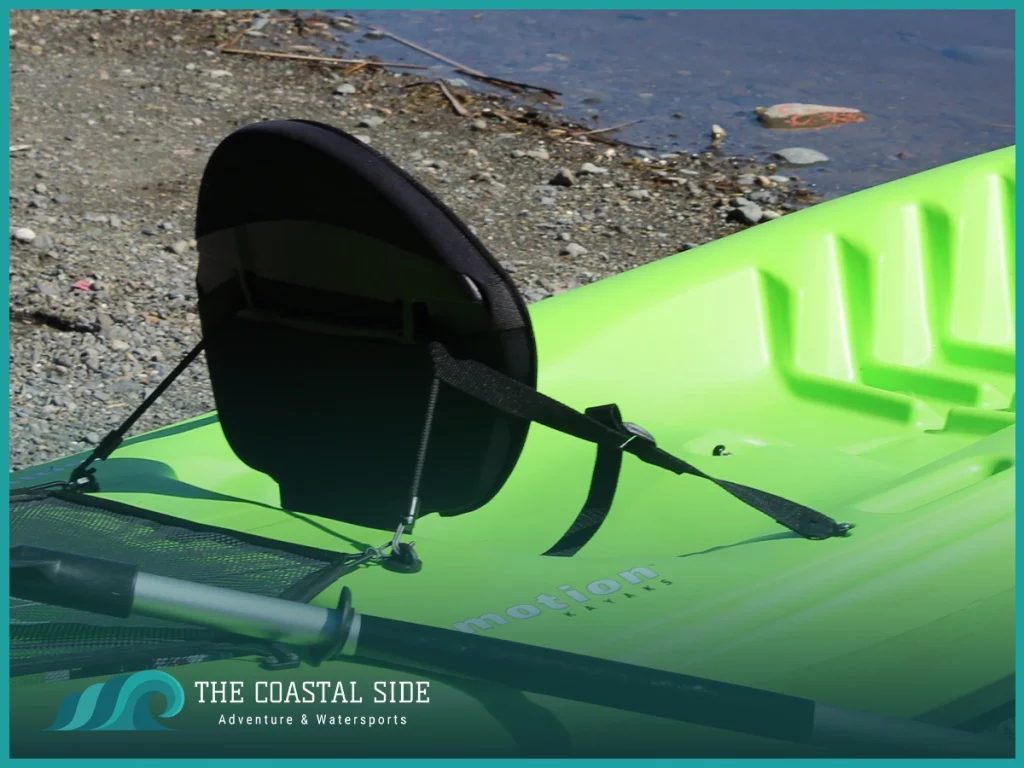
Once you have chosen your new kayak seat the next step is natural installation. Not all kayak seats are equally easy to install.
Depending on your kayak seat, there may be some specific considerations that you’ll have to handle. The following are tips for how to add a kayak seat to your kayak for any model.
Step One
First, decide where you want to place your seat and strap. The location of the seat will be affected by the shape of your kayak, as well as the size.
Step Two
After that, place the seat into the kayak. The seat fold should sit firmly against the back of the cockpit.
Step Three
Next, attach the clips to the kayak. Most kayaks will have locations that clips fit into on the outer shell of the kayak.
Typically, you will be able to connect the straps and clips to your kayak by using two fixed-eye snap hooks on the left and right sides of the kayak, and the D-ring that is attached to the deck.
Step Four
Now that the seat is completely attached to the kayak, tighten the straps until they’re taut and in the seat position you prefer.
The seat shouldn’t move when you jostle it; be sure to test this so that it doesn’t wiggle while on the water. The backrest should be curved very slightly. This will allow it to be vertical when you sit in the seat, which will give you more power.
Types of Kayak Seats
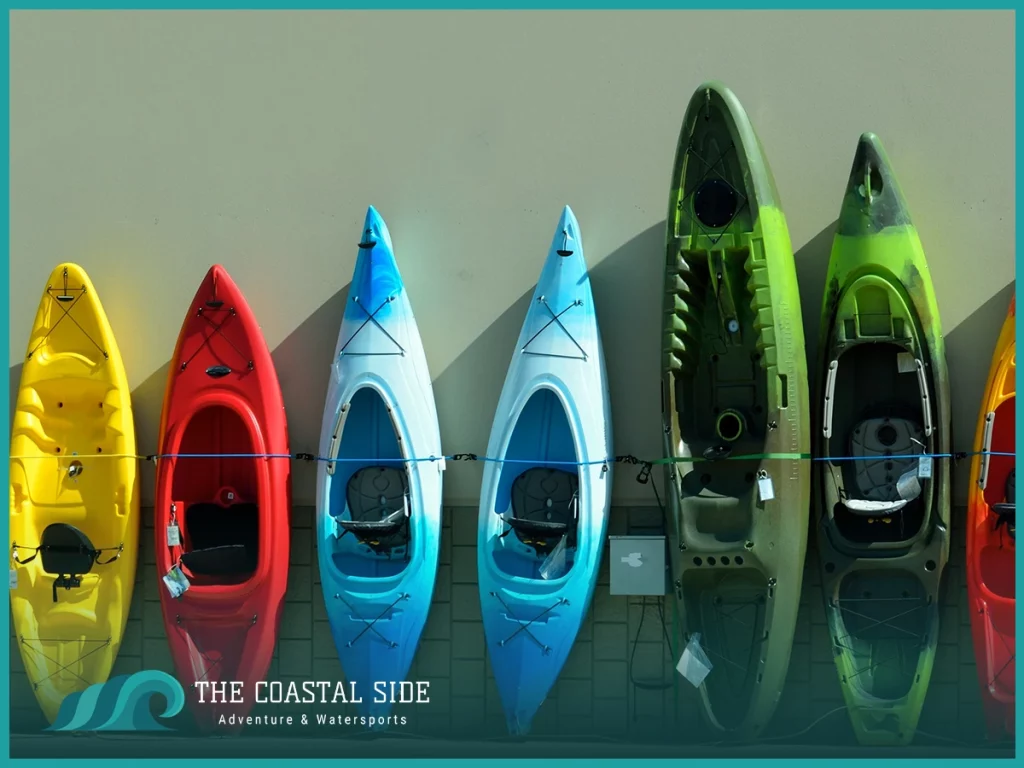
There are a couple of types of kayak seats, and which kind is right for you will depend on your budget, needs, and why you kayak. If you haven’t chosen the best kayak seat for your needs yet, take a look at this list before investing.
Basic
A basic kayak seat will work for both sit-on-top and sit-in kayaks. These seats will give you a sturdy position in your kayak and the seat cushion will be more comfortable than the deck.
Deluxe
A step up from basic, a deluxe kayak seat will offer more padding in the seat cushion and better back support. This, of course, is more expensive, but serious paddlers claim that it’s worth it.
High Back Seat
These are the best kayak seats for those who go out on the water to fish. The high back seat provides additional back support over long periods and is raised higher than the other options. The slightly higher position will be more comfortable if you’re taller and give you a better range of motion to cast your lure into the water.
Stadium Style
Stadium seats are also ideal for using on fishing kayaks. They’re made from a metal frame and with serious back support and built to help with back support and make it easier to stand up quickly. The trade-off is that there is a reduction in mobility.
Inflatable
Inflatable kayak seats are only made for inflatable kayaks. These don’t offer much support, so they’re not usually kayaker’s first choice when upgrading seats.
Things to Consider when Choosing a Kayak Seat
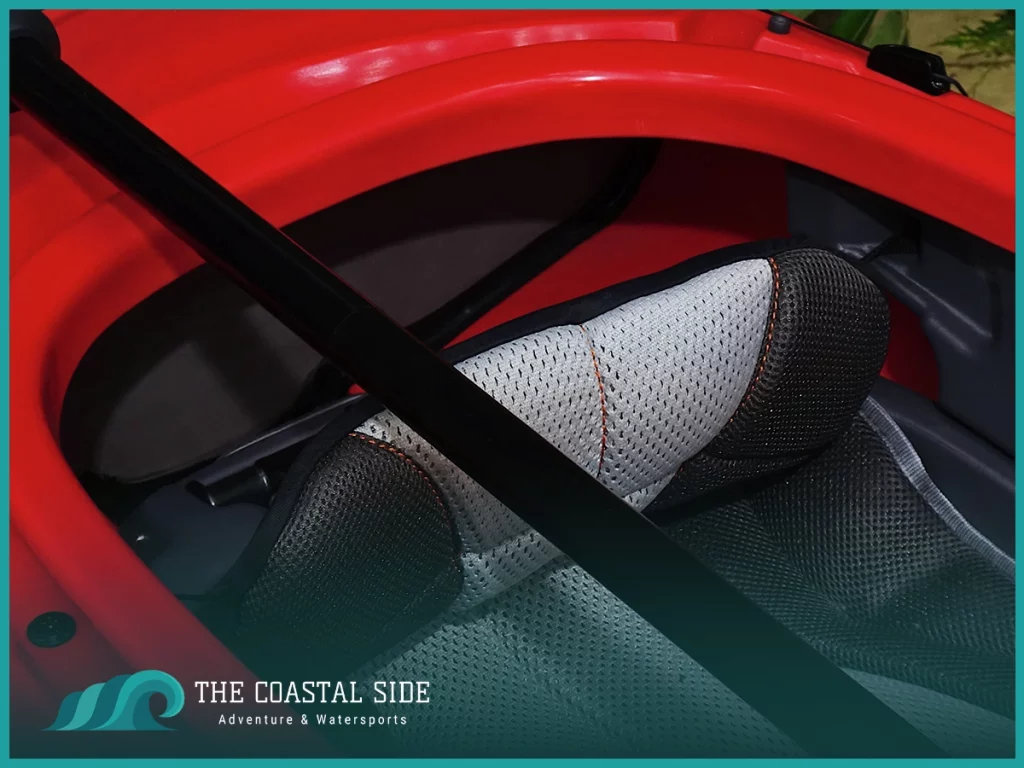
There are several things to consider when you’re looking at purchasing a kayak seat. With the seat itself, you should think about width, shape, comfort, support, and storage capacities. You should also consider the cost, the weight of your kayak, and installation.
Width and Shape
Your kayak seat should make you feel secure in your boat, but not limit your range of motion. Some sit-in kayak seats will have a backrest or molded cavity for putting in a backrest, while others don’t.
We recommend that you avoid having a backrest in your seat if you sit low in the water, as a backrest could affect your ability to roll if there is a capsize.
Comfort and Support
Some paddlers will want a lot of high up to support, and others very little. You may like to sit back or prefer sitting on your knees. The type of seat you choose and how it’s placed in the kayak will depend on your comfort levels and the amount of support you need.
Storage
Kayaks aren’t known for being super roomy, so a kayak seat with built-in storage can be helpful for those longer trips. Some kayak seats will have compartments for your dry bag, while others may offer shaped cavities or storage space for essentials like your wallet, keys, water bottle, and flashlight. If you find a seat you love but it doesn’t have the storage you need, you can also invest in a behind-the-seat kayak cooler and storage caddy.
Adjusting Your New Kayak Seat
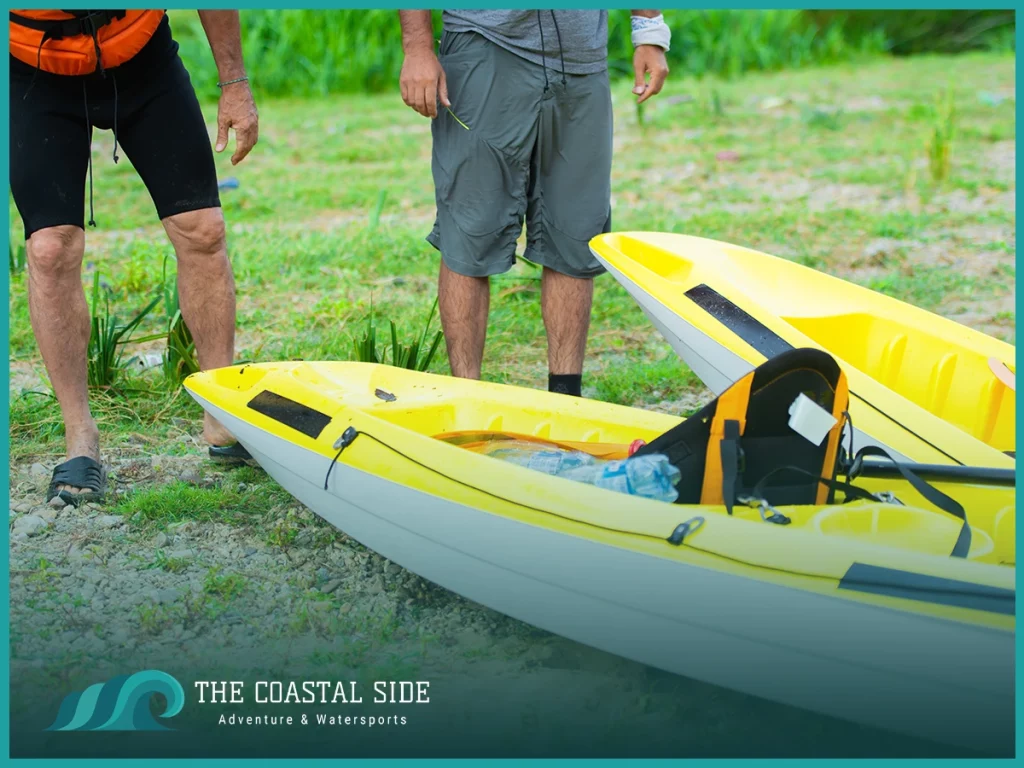
Once you’re actually out on the water, you may find that your seat isn’t perfectly comfortable right away.
You’ll have to make some small adjustments to your seat after you take it on a few test runs to optimize your comfort. If you’ve been using your new seat and it doesn’t feel quite right, here are some ways that your seat may need to be adjusted.
Change the Height
Typically if you sit higher, you’re more comfortable. But of course, the lower you are, the better your center of gravy and the more stable your kayak will be.
Try to raise and lower your seat until you strike a balance between stability, power, and comfort.
Adjust the Back Tilt
If you have a seat with a back, remember to adjust it while you’re out on the water. While the ideal position is straight up, it’s important to stretch out to keep yourself limber on longer trips.
Don’t be afraid to lean your kayak seat back to stretch out or go vertical for more power. Like with long car rides, adjusting the seat position while in motion will help you fight fatigue.
Adjust the Hip Tilt
If your hips aren’t settling right into your seat, play around with whether you want them to be flat, back, or forward. If your seat doesn’t automatically adjust at the hips, you can make these kayak accessories yourself using additional pads.
As a note, if you have lower back issues, avoid tilting the seat at the front. This position can be painful as it extends your lower back.
Change your Knee and Foot Position
Typically your knee and feet positions will depend on what kind of water you’re on.
White water paddlers usually need to be fixed into the boat more, while sea kayakers may take out their footpegs completely and pad the front of the boat until it comes to their feet. Flatwater kayakers are likely to do the same or use foot straps to help with the push and pull of their legs.
For knee positions, you have just a few options: high and outside, or low and in the center.
If you stay in one position for too long, your legs will become sore. Consider stretching out and changing positions when you’re paddling to stay comfortable.
Get Additional Thigh Support
Most kayak seats won’t come with thigh support – the seat pan is not long enough. However, you can purchase additional thigh support.
These kayak accessories are very popular; there are inflatable and padded options on the market, and some users enjoy kayak thigh braces.
Why You Should Upgrade Your Kayak Seat
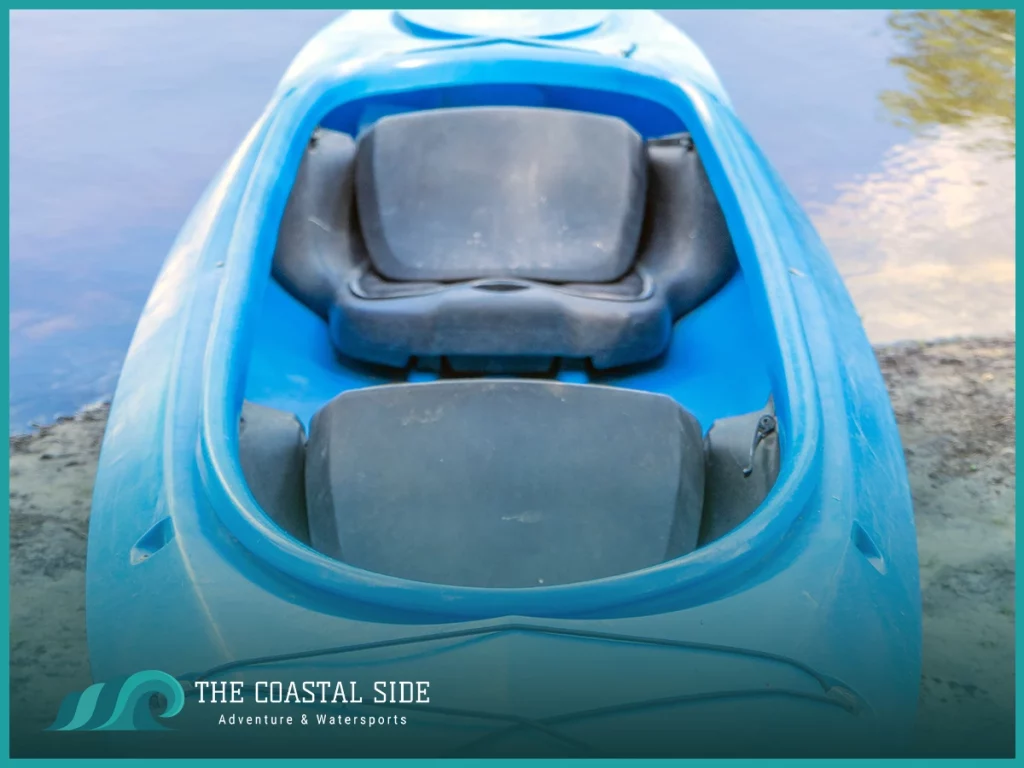
No matter if you are a long-time paddler or just getting started, it’s important to have a kayak seat you are comfortable in.
While a casual paddler needs something different than those who kayak to fish, this is a seat you will be sitting in for extended periods. It is important to upgrade your kayak as needed so you can have the best kayak seat for your experience.
Improve Paddling Performance
A seat that fits your kayak and your body will improve your ability to control your kayak. A molded seat will keep you from having to constantly readjust and keep you in a focused, streamlined position when you’re out on the water.
You’ll also find that a lower profile seat will give you better stability on the water, as keeping that low center of gravity will reduce your chances of flipping over.
Comfort
In average conditions, it takes a paddler around twenty to thirty minutes to kayak just one mile. You could be sitting in your kayak seat for just a few hours or several days at a time – but either way, you want to be comfortable and prepared.
Depending on your needs, you may want a high back seat to make you feel secure or a low backrest to cut down on fatigue.
Safety
Having a put-together kayak seat that fits your needs will naturally keep you safer, as you’ll spend less time readjusting and more time focused on the water.
Complex kayak seats may come with storage pockets that will allow you to not only store personal items as well as safety necessities like first aid kits.
Choosing and Installing a Kayak Seat
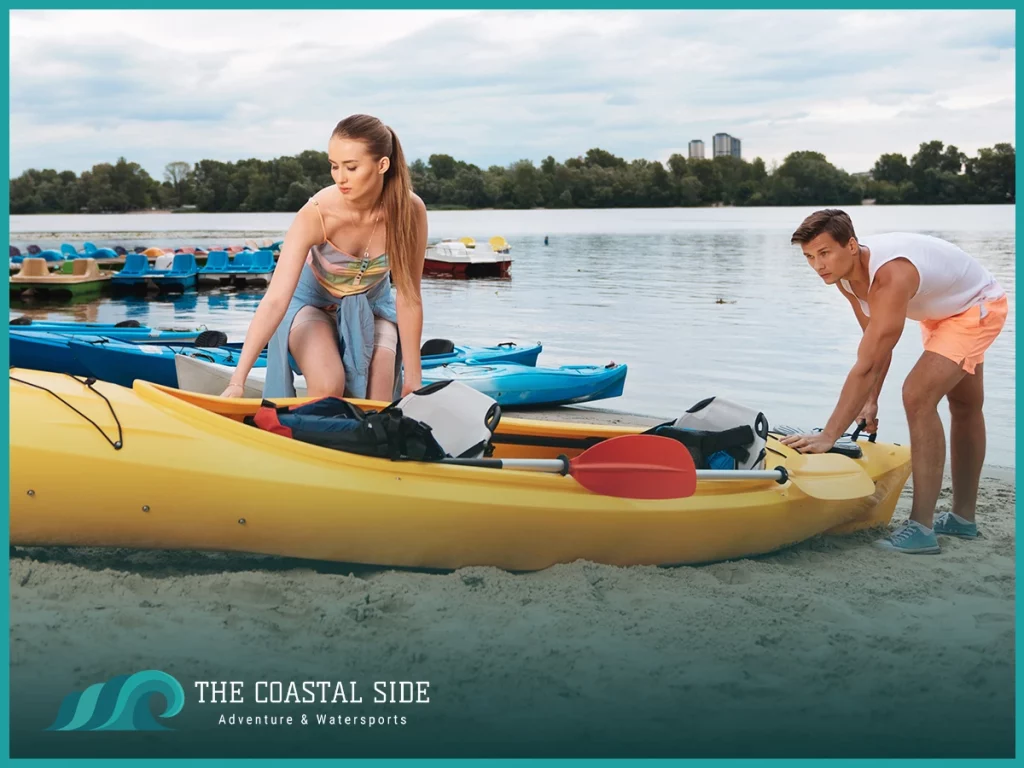
At the end of the day, the kayak seat you choose will depend on your needs. Balancing comfort and stability is difficult in any situation, especially when you’re in a space as small as a kayak.
When installing, follow the tips above to make sure that above all, your seat is secure.

